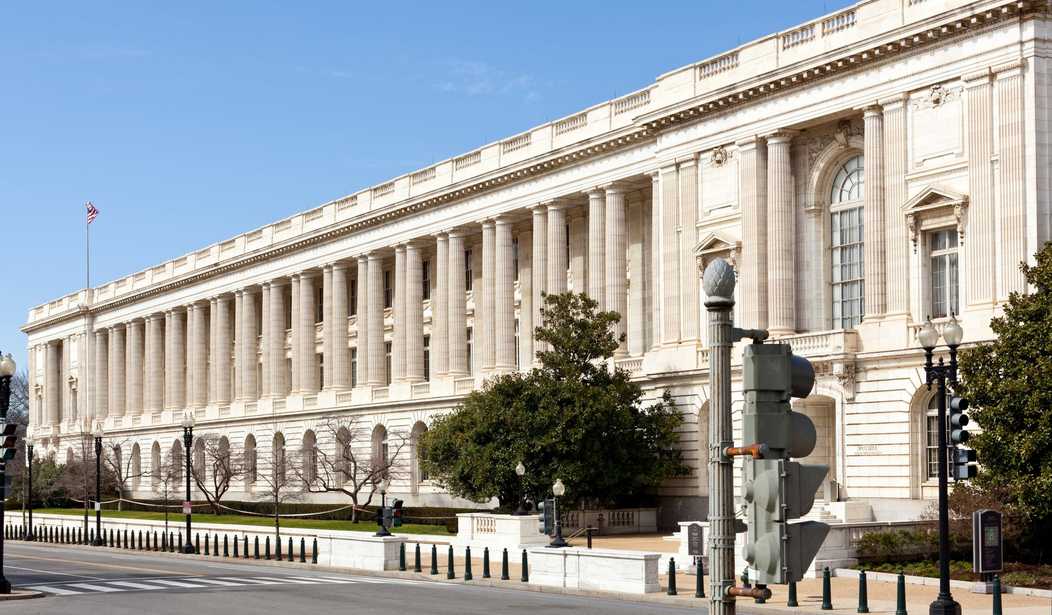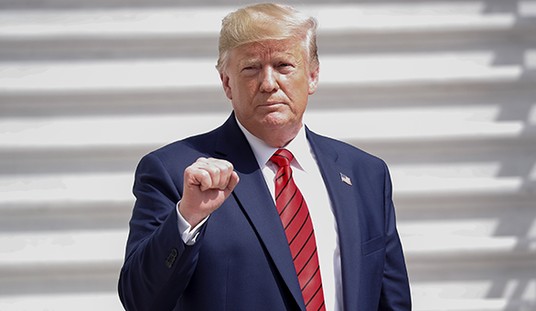WASHINGTON – Sen. Sherrod Brown (D-Ohio) said he would like to see the Russell Senate Office building renamed because of the namesake’s ties to segregation.
Former Sen. Richard Brevard Russell (D-Ga.) had opposed the Civil Rights Act of 1964. However, according to the book Triumphs and Tragedies of the Modern Congress, once the Civil Rights Act of 1964 became law, “Russell urged compliance and counseled against any violence or forcible resistance; he was the only opponent of the bill to do so.”
At the time, Russell reportedly said the American system could not tolerate “the philosophy that obedience to laws rests upon personal likes or dislikes.”
The building was named after Russell in 1972. There is a statue of Russell located inside of the building on the second floor.
“One of my goals in the Senate — this is not a major goal, but it’s to no longer name this building after the segregationist Richard Russell, but it should be called the Kennedy Building. But that’s my opinion,” Brown said at the Manufacturing Jobs for America rally on Capitol Hill. “So, I am not actively seeking to change that at this point, but anyway.”
The Russell Senate Office Building has a room which was named the “Kennedy Caucus Room” in 2009 after the passing of Sen. Ted Kennedy (D-Mass.). It is also named in honor of senators John F. Kennedy and Robert F. Kennedy.
“This room is where both Jack Kennedy and Bobby Kennedy announced their candidacy for president, which you wouldn’t really do now because it’s federal property. It’s also the room where the Titanic hearings were held, where the McCarthy hearings were held, where the Affordable Care Act was written and where the Watergate hearings were held, so this is a historic room,” Brown said.
The other two Senate office buildings are named after Sen. Everett Dirksen (R-Ill.), who helped write the Civil Rights Act, and Sen. Philip Hart (D-Mich.), who fought for civil rights.
During the event, Brown recalled Ron Bloom, former White House manufacturing czar, saying everybody in America would like there to be more manufacturing but nobody wants their kids working in that industry. Brown said his statement is especially true among families with white-collar jobs and more education.
Despite this, Brown said, there are reasons for Americans to get involved in manufacturing.
“Well, because manufacturing is very different, the technology, the cleanliness, the productivity, the sense of accomplishment,” he said.
Brown compared manufacturing policy to treadmills.
“With every step forward we take we keep getting pulled backwards by, I think, bad trade policies and bad tax policy that makes it that much more of a challenge to do what we need to do,” he said.
Brown warned that the U.S. must push to reject any trade deals that “force our manufacturers to compete with countries that manipulate their currency” or countries that “specialize” in outsourcing jobs because of wages, weak environmental laws and weak labor laws.
Brown said he is “glad” both presidential nominees Hillary Clinton and Donald Trump are discussing trade policy on the campaign trail. Brown told the audience he could recommend some Ohio-based companies to Trump to make his various products.
“One of them is mostly just talking and while Donald Trump is talking, his high-priced accountants are cashing checks from the products that he outsources around the world. Now, Donald Trump suits and ties are made in Mexico in China,” he said. “This suit I am wearing is made by union labor 6 miles from my house.”
Jeff Zients, director of the U.S. National Economic Council, touted the Obama administration’s “trade enforcement” record to make sure U.S. businesses are competing on a level playing field globally.
“We’ve bought 22 actions at the WTO, 12 of those against China, and, importantly, we’ve won every case that’s been decided so far,” he said during his speech at the event.
Zients also said the federal government has invested $1 billion in community colleges around the nation to prepare individuals for “advanced” manufacturing jobs.
“We’ve awarded the largest federal investment ever in apprenticeships,” said Zients, the former director of the White House Office of Management and Budget. “Apprenticeships are a proven model. People do apprenticeships and they get well-paying jobs at the end.”









Join the conversation as a VIP Member